Tamron 35-150 mm f/2.8-4 Di VC OSD
3. Build quality and image stabilization
In the following photo the Tamron 35–150 mm f/2.8–4 Di VC OSD is positioned between the Nikkor AF-S 85 mm f/1.8G and the Canon EF 50 mm f/1.4 USM.
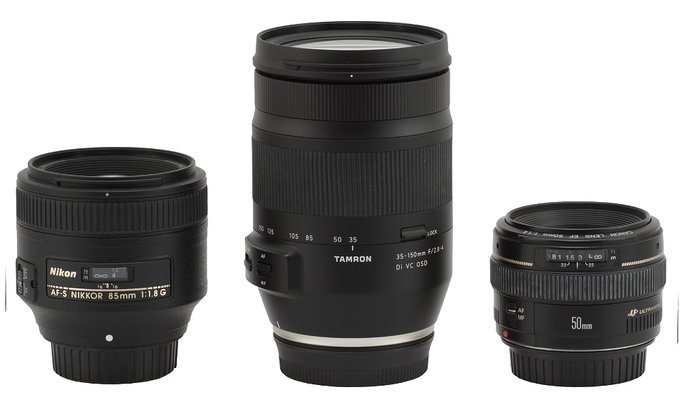 |
Please Support UsIf you enjoy our reviews and articles, and you want us to continue our work please, support our website by donating through PayPal. The funds are going to be used for paying our editorial team, renting servers, and equipping our testing studio; only that way we will be able to continue providing you interesting content for free. |
- - - - - - - - - - - - - - - - - - - - - - - - - - - - - - - - - - - - - - - - - - - - - - - -
 |
Further on, you see the producer's logo, the name and parameters of the lens. On their left side (looking from the above) you find a focusing mode switch (AF/MF) and a stabilization switch (VC ON/OFF). Right next to them there is a quite large inscription „DESIGNED IN JAPAN” and a bit further written in smaller letters „MADE IN CHINA”. Then the producers state the filter diameter, 77 mm, and the model mark, A043. By the way the same filter diameter fits the Tamron 17-35 mm f/2.8-4 Di OSD, a model with complementing shorter focal lengths. What's interesting, that device is produced in Vietnam, not in China.
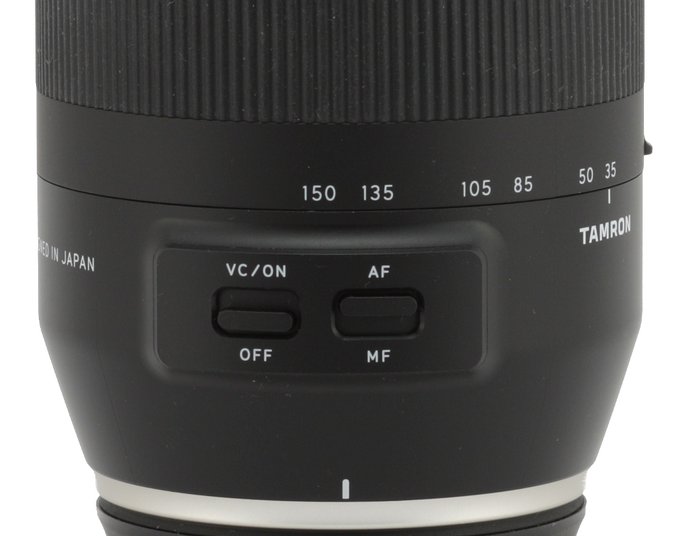 |
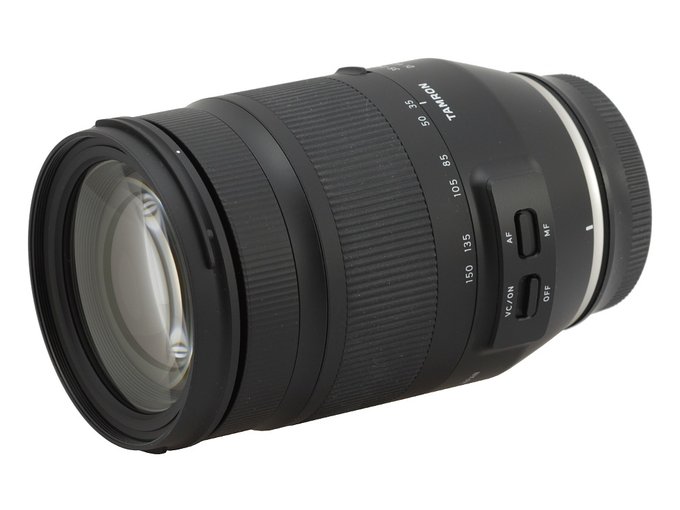 |
The front element system extends on a uniform tube as you change the focal length and the size of the lens increases by 4.5 cm as you pass to 150 mm. The front element itself is 64 mm in diameter, quite flat and surrounded by a non-rotating filter thread, 77 mm in diameter, and a hood mount.
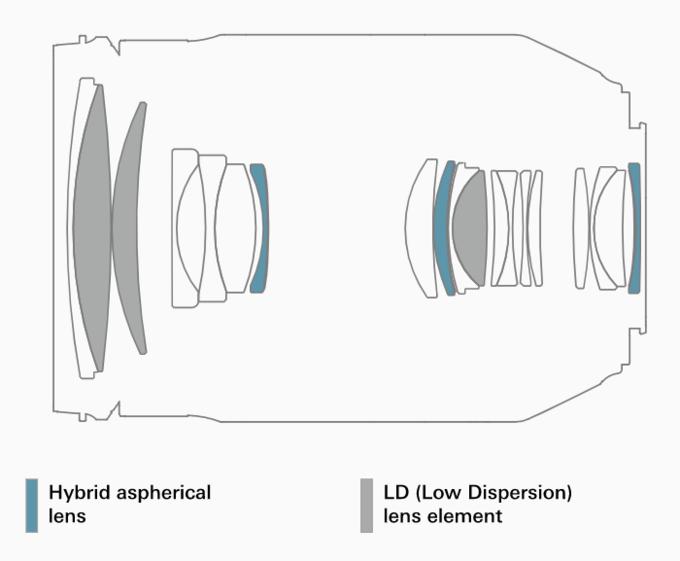 |
It should be added that this lens also features BBAR (Broad-Band Anti-Reflection) coatings and the outer surface of its front element is coated with a Fluorine compoud that is water- and oil-repellant.
Buyers get in the box: two caps, and a petal-type hood. The lens is compatible with the Tamron TAP-in Console (TAP-01) that has to be bought separately; it allows you to update software, adjust autofocus, and image stabilization system of the lens to your personal requirements.
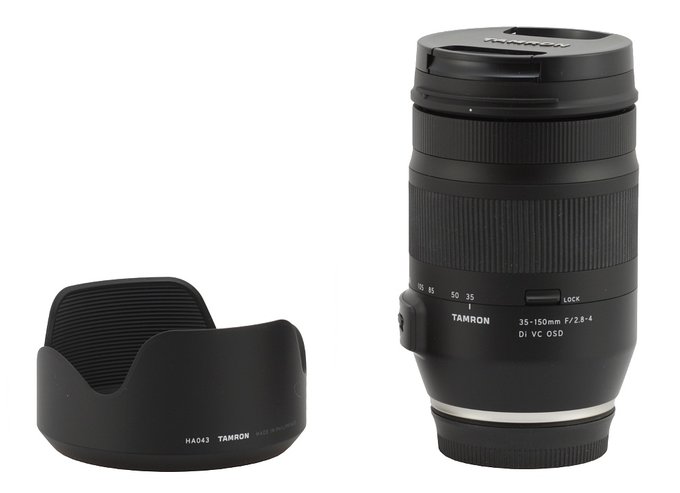 |
Image stabilization
The producers claim that the Tamron 35-150 mm is equipped with a vibration reduction system as efficient as 5 aperture stops. Such a sensational value simply begged for a reality check so we decided to test it. In order to do so we took several dozen photos at the 150 mm focal length with shutter speeds ranging from 1/200 to 1/2 of a second with the stabilization switched on and off. Then we calculated the percentage of blurred photos at every speed and presented the results as an exposure time function graph, expressed in EV (with 0 EV being the equivalent of 1/160 of a second).
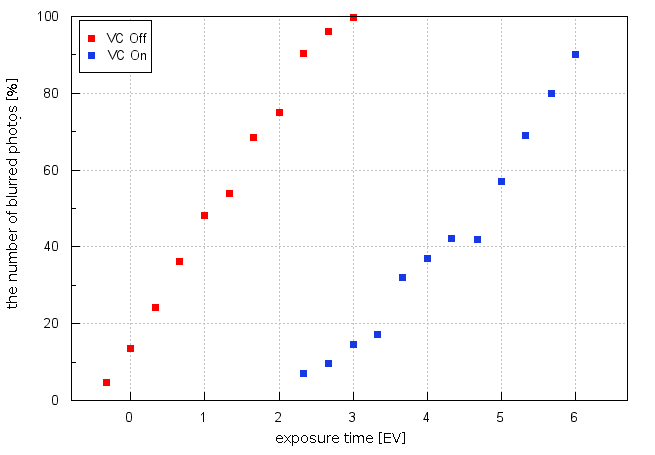
The maximum distance between both curves reaches about 3.7 EV and such is, in our opinion, the efficiency of the stabilization system, featured by the tested lens. That value is significantly lower than the one in official declarations but still we consider it to be a good result.






